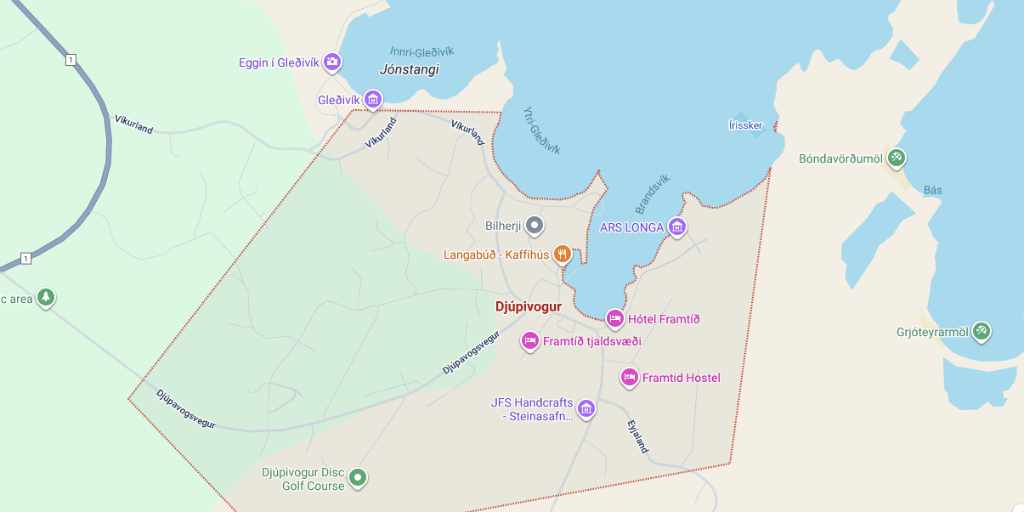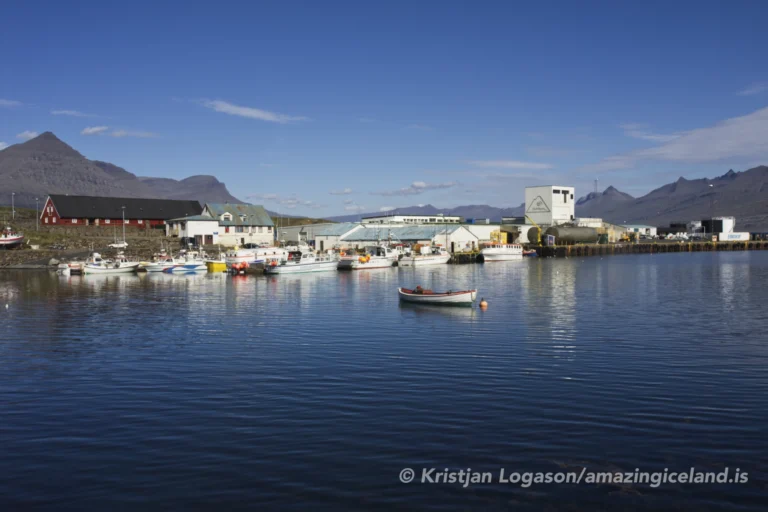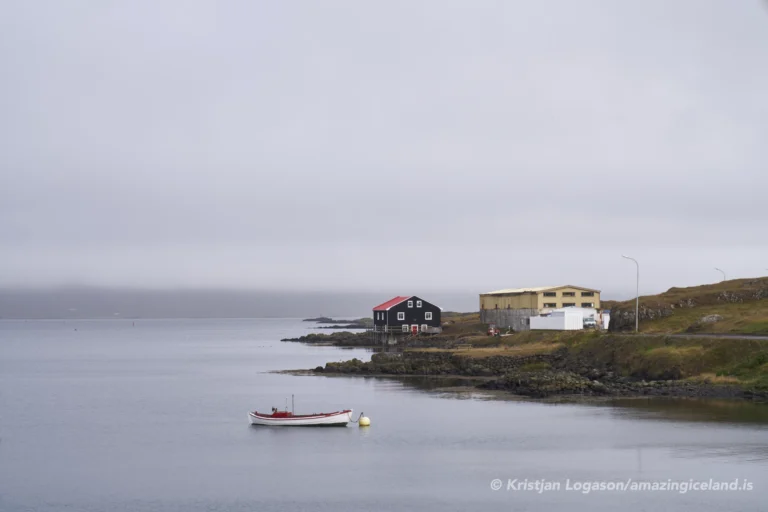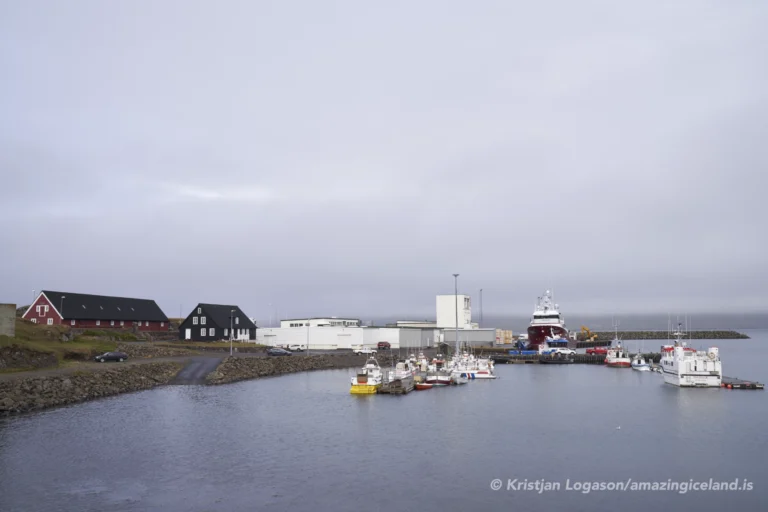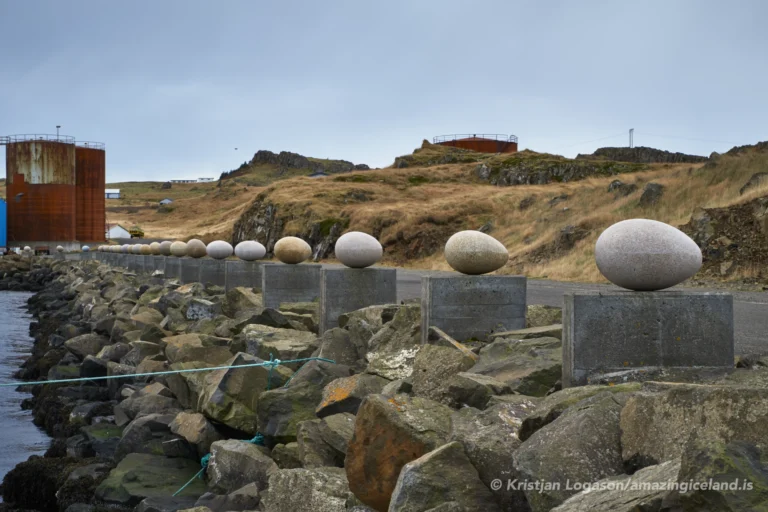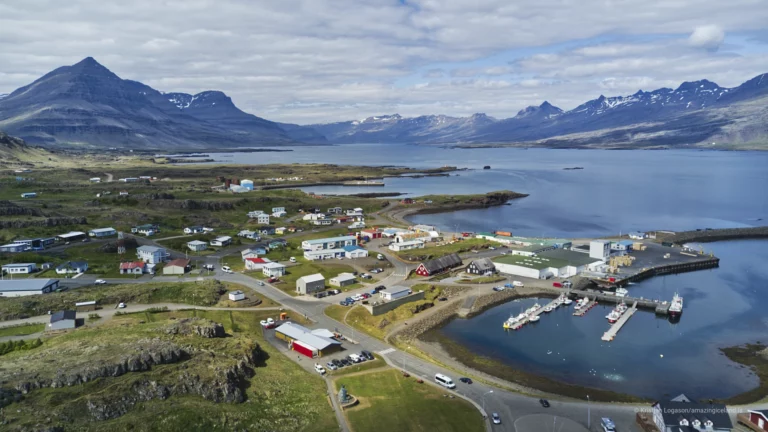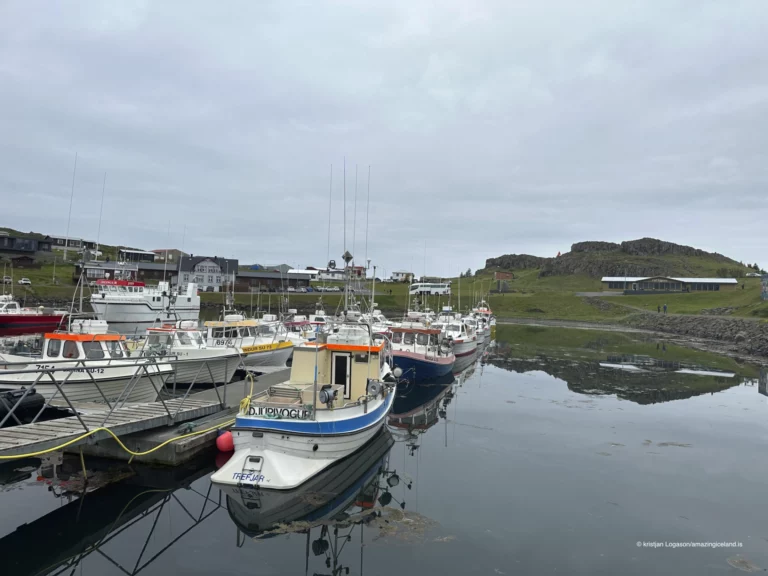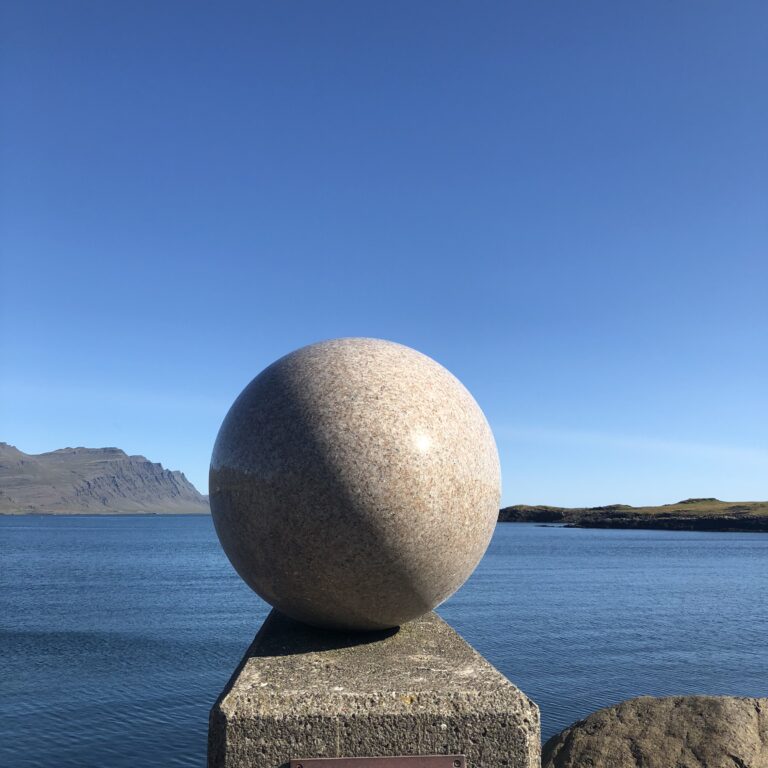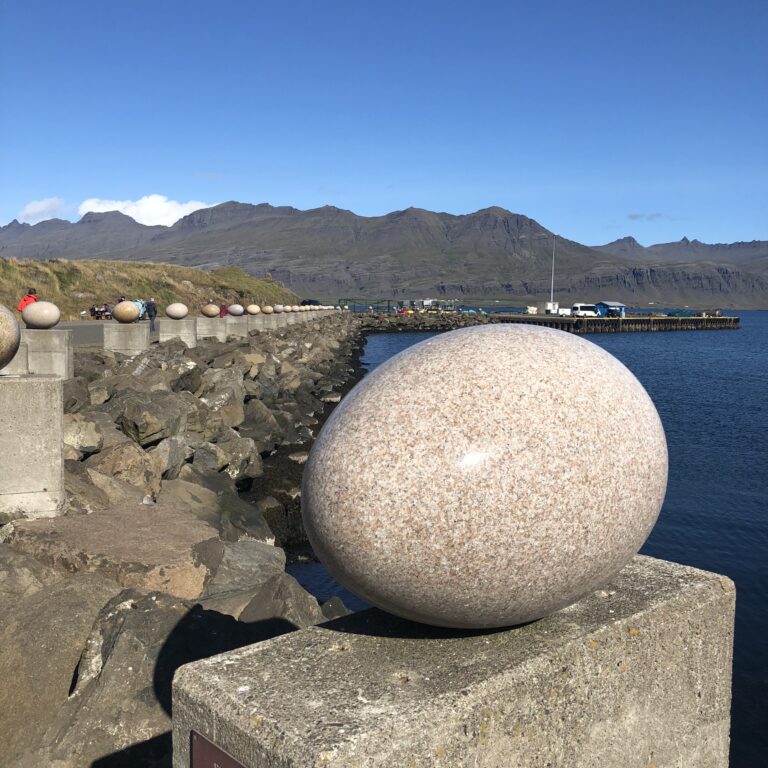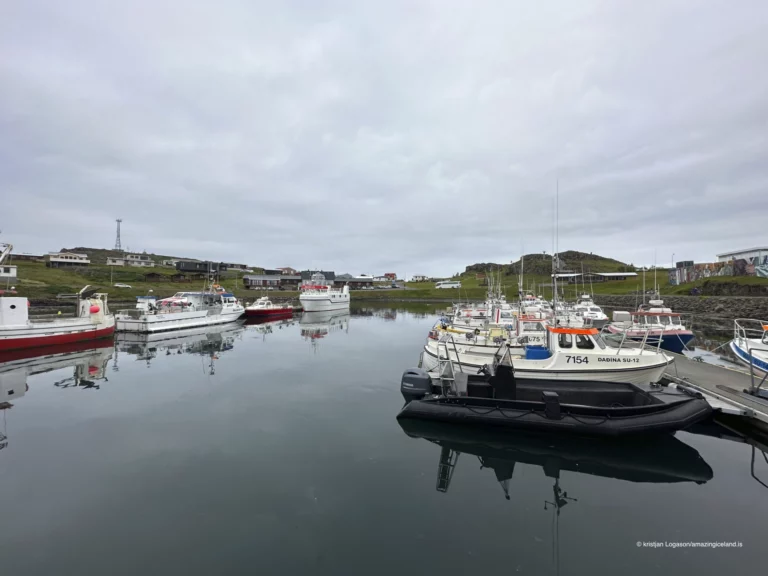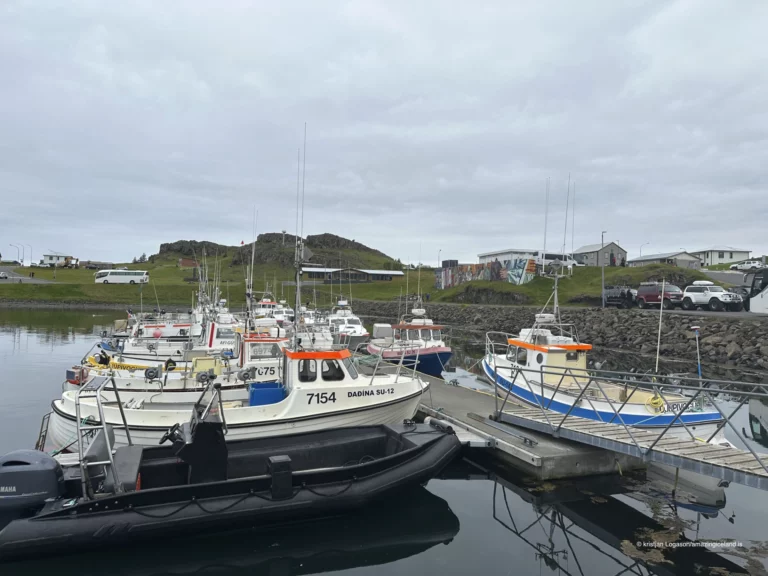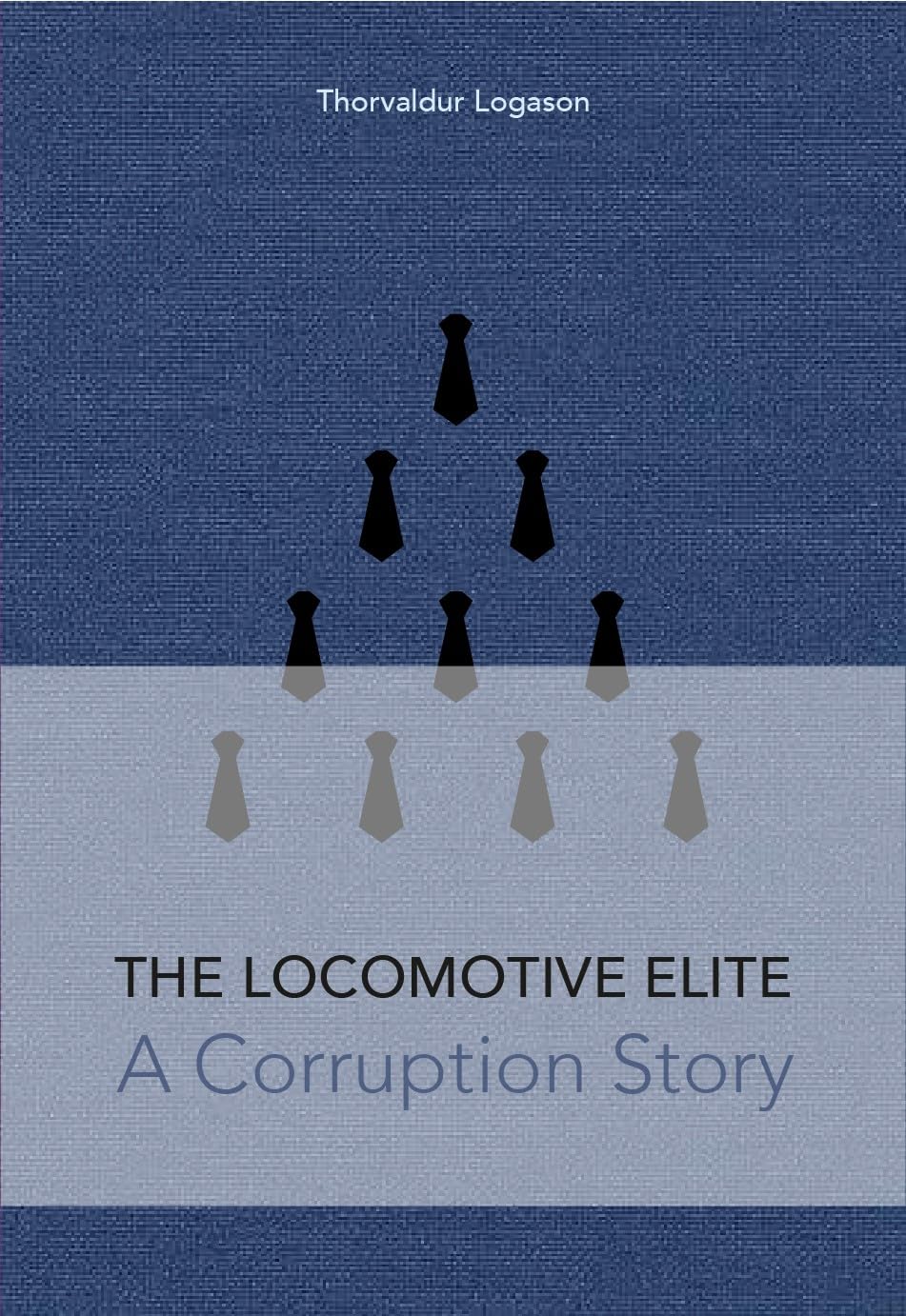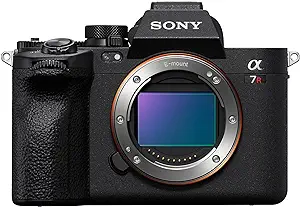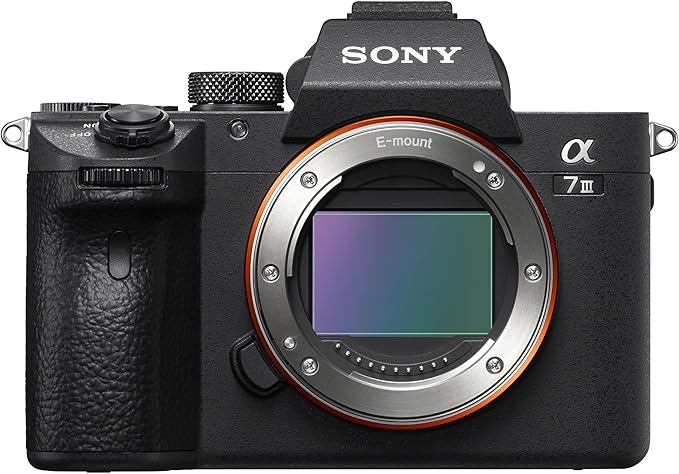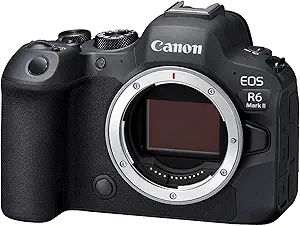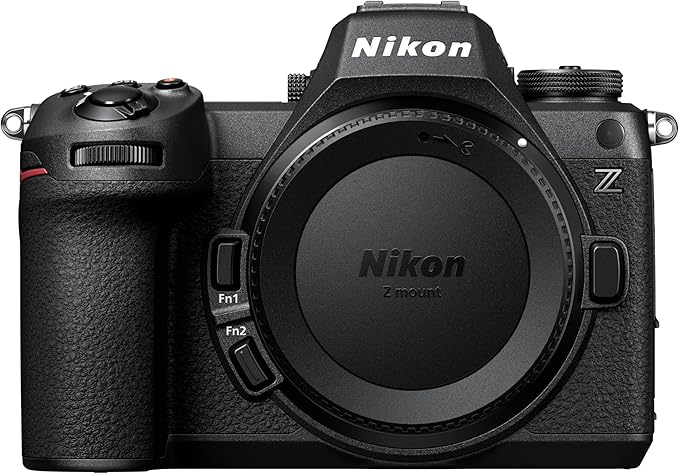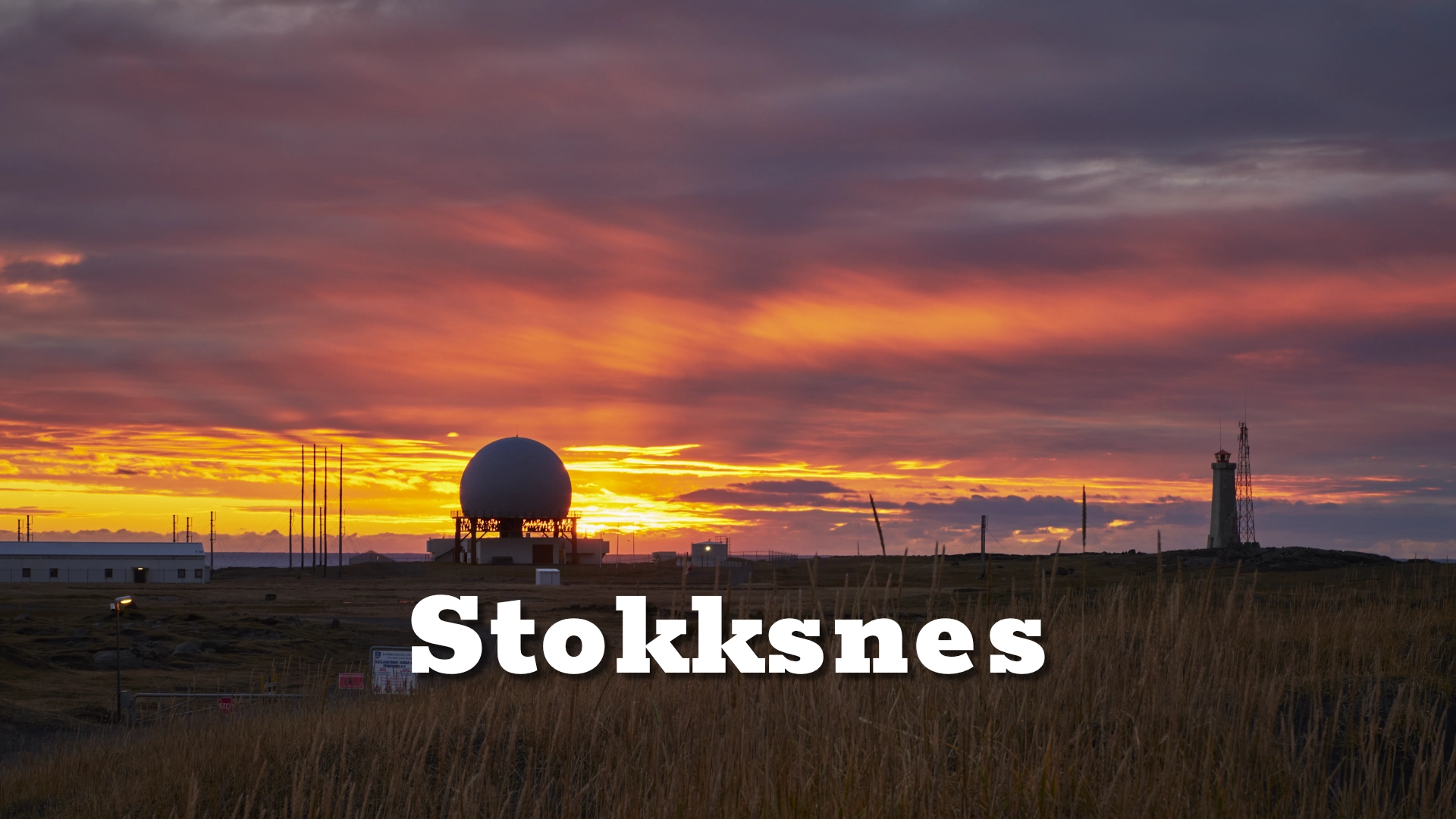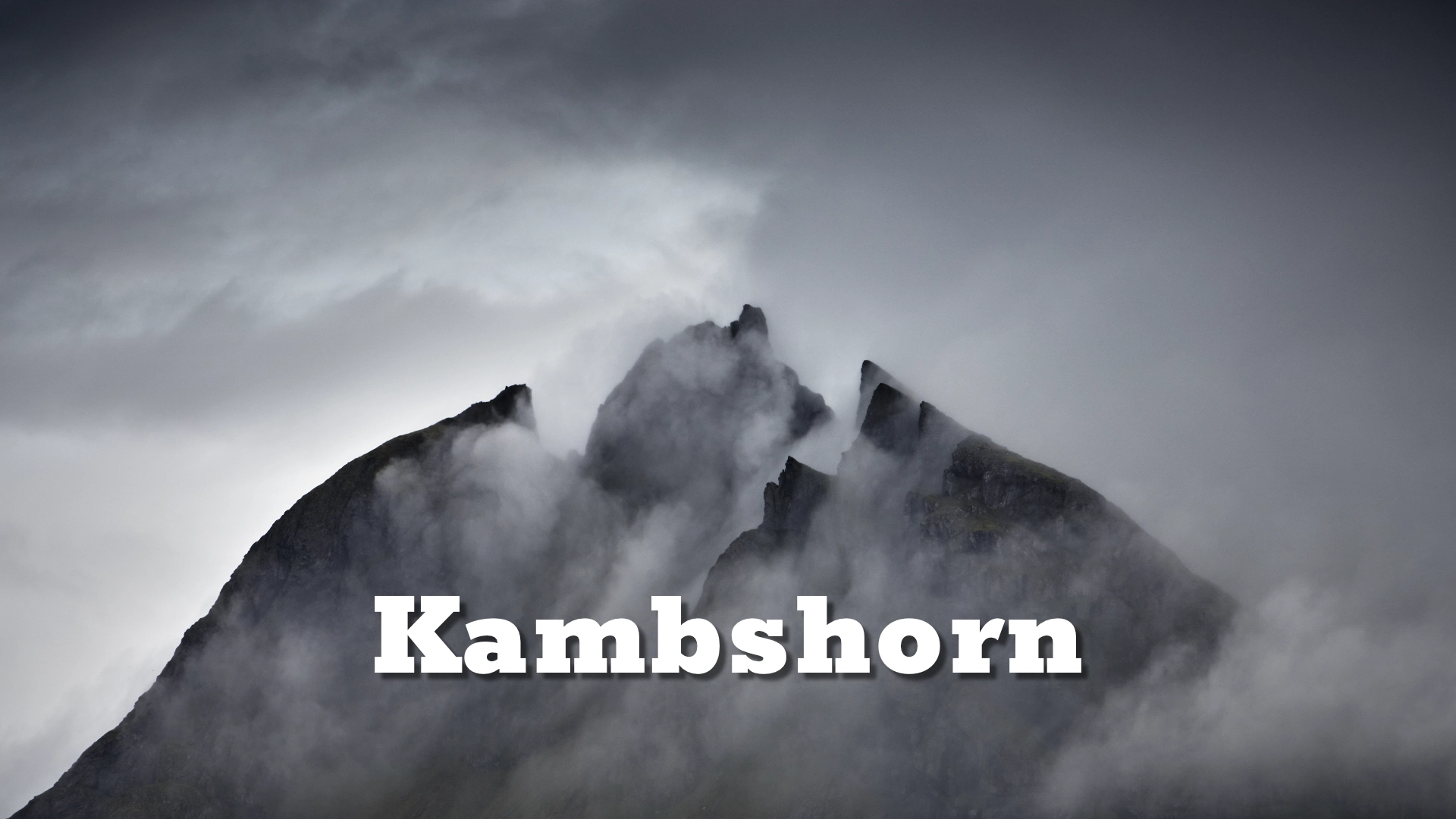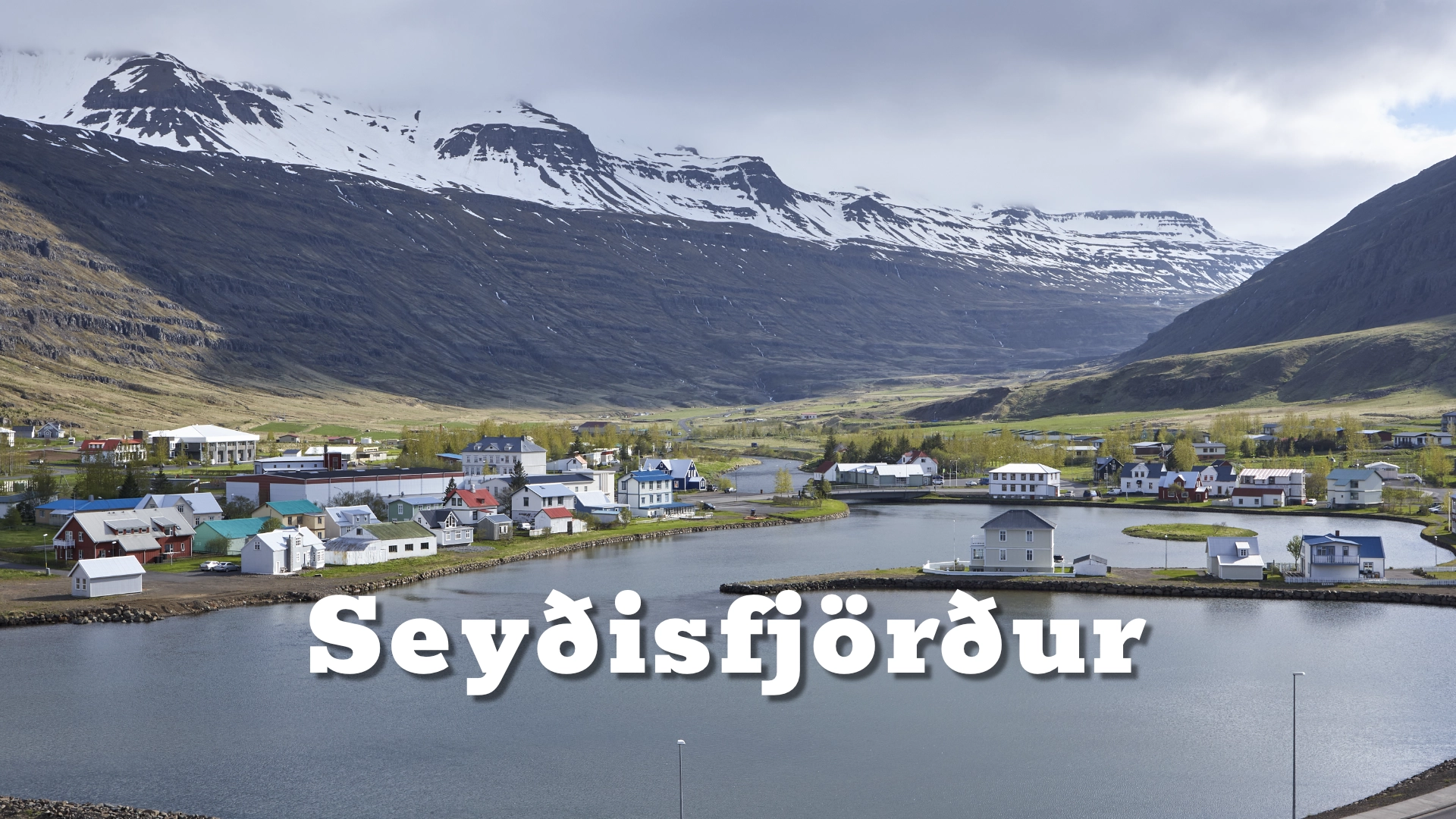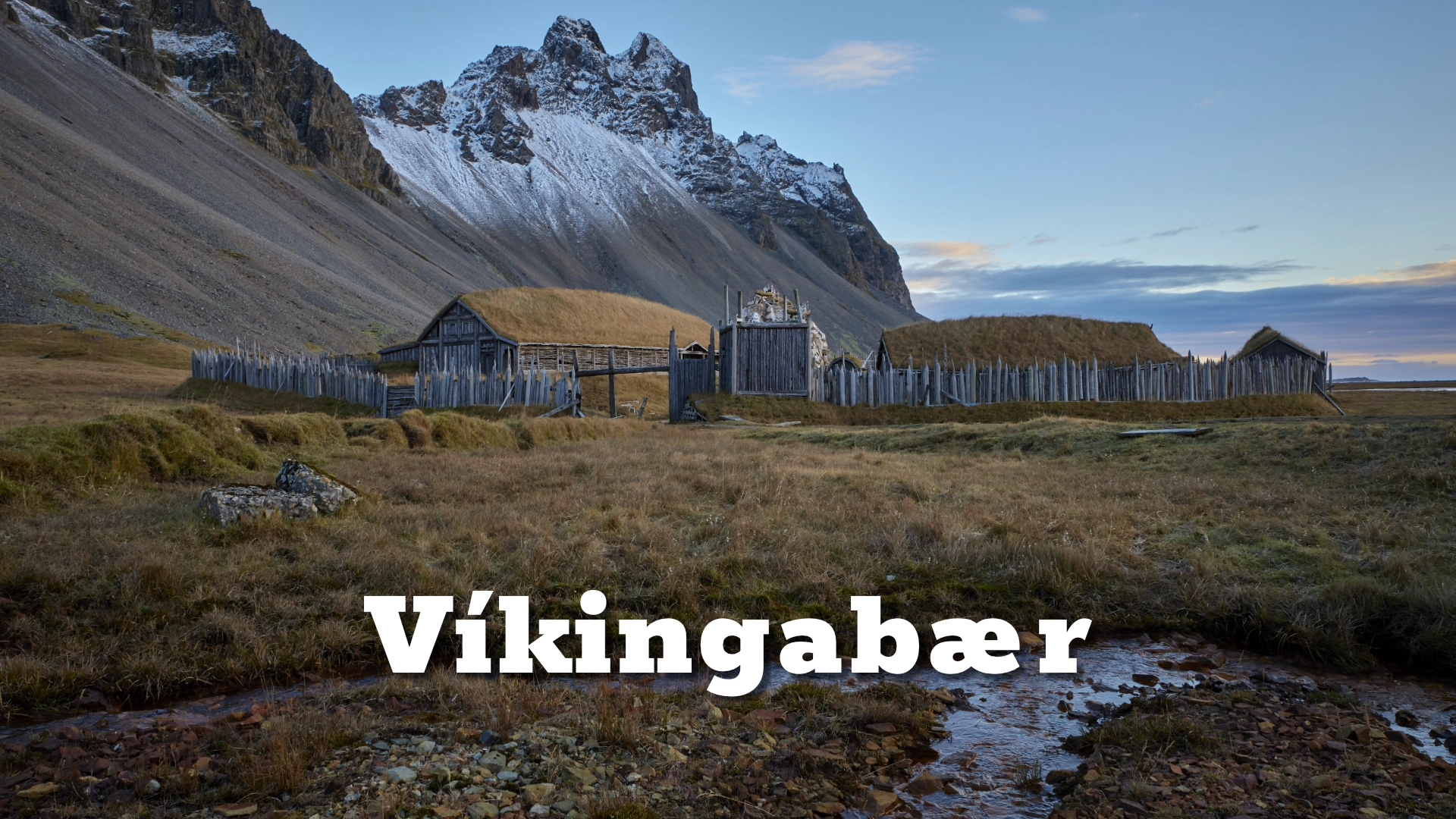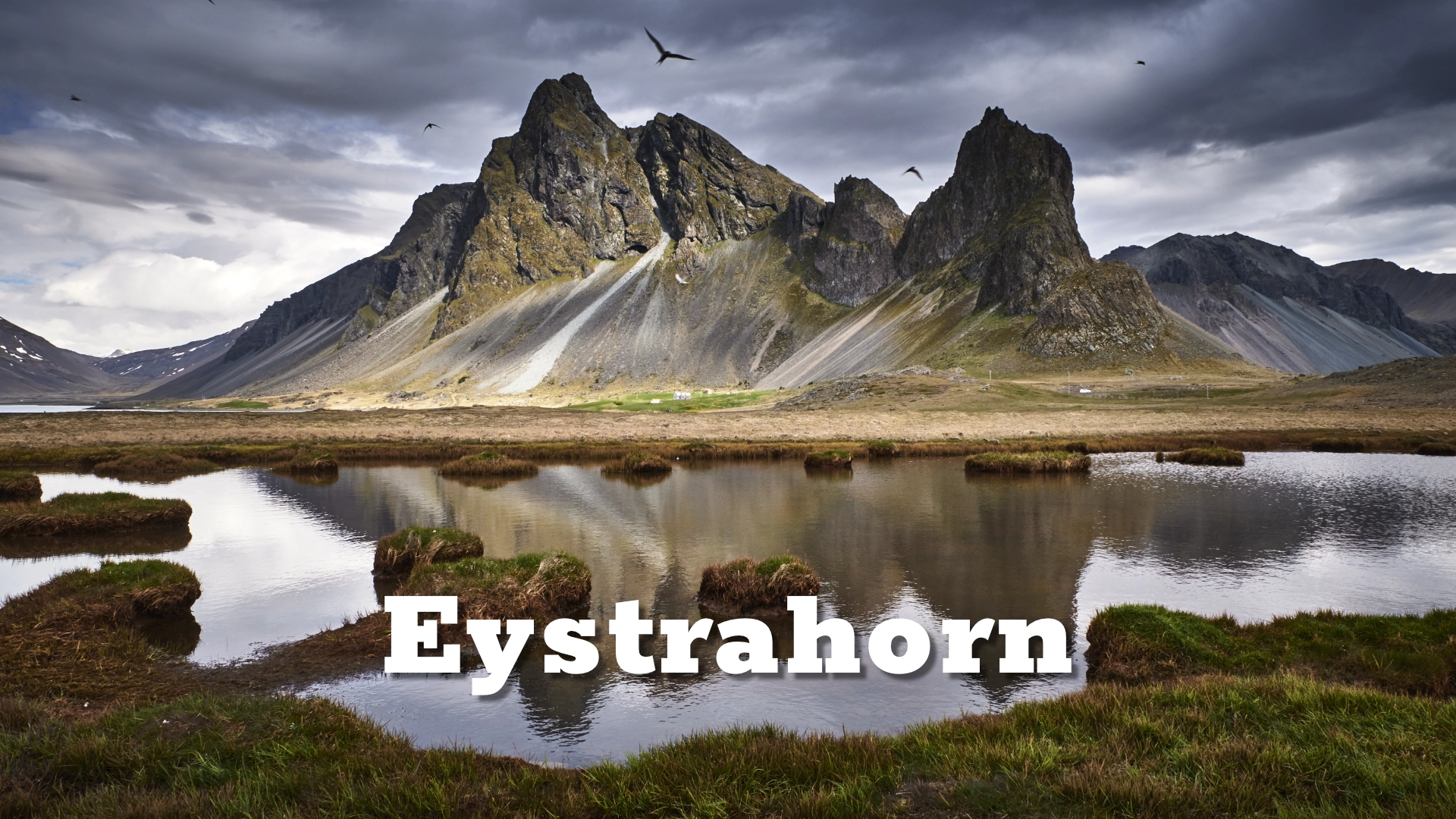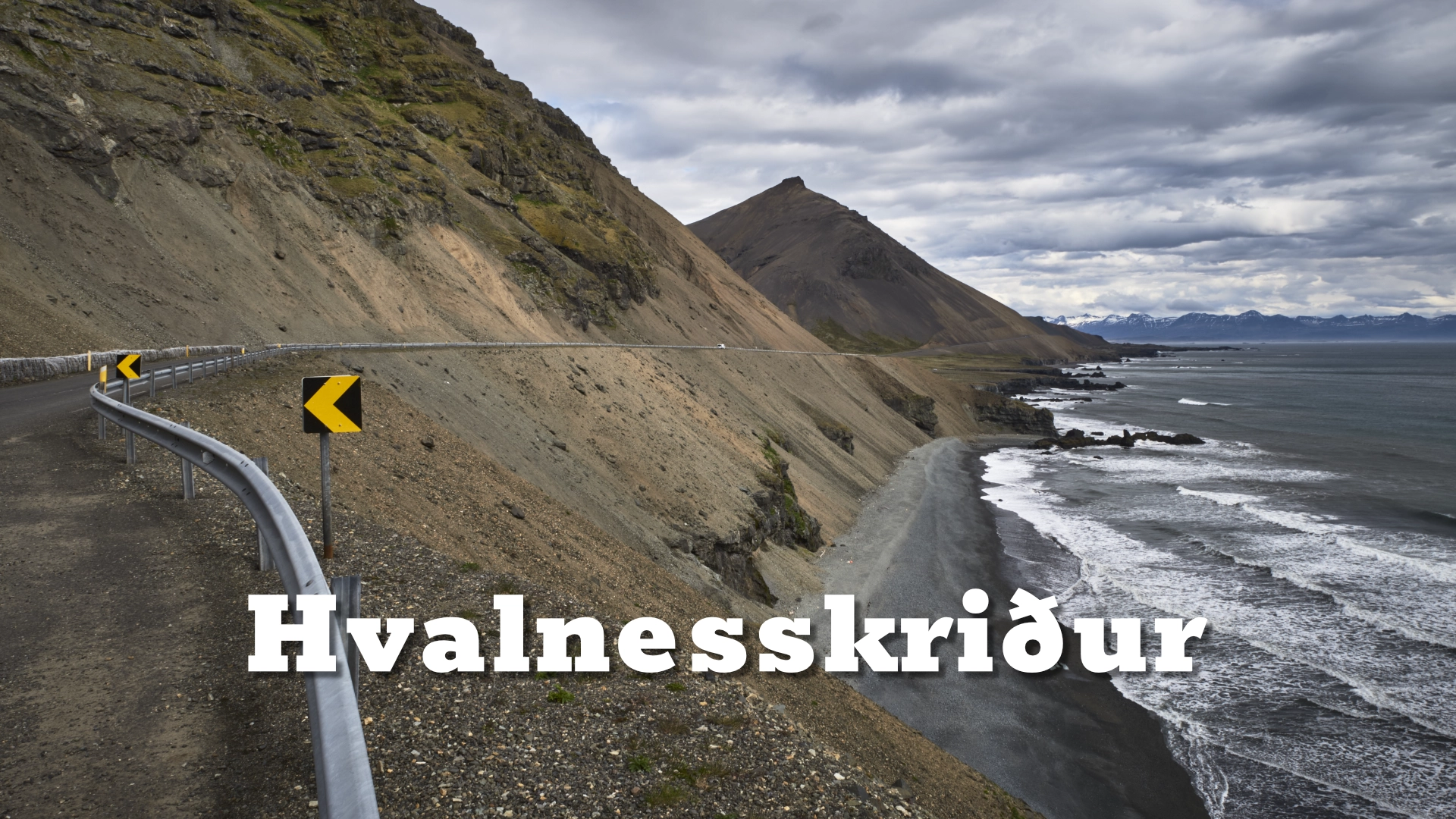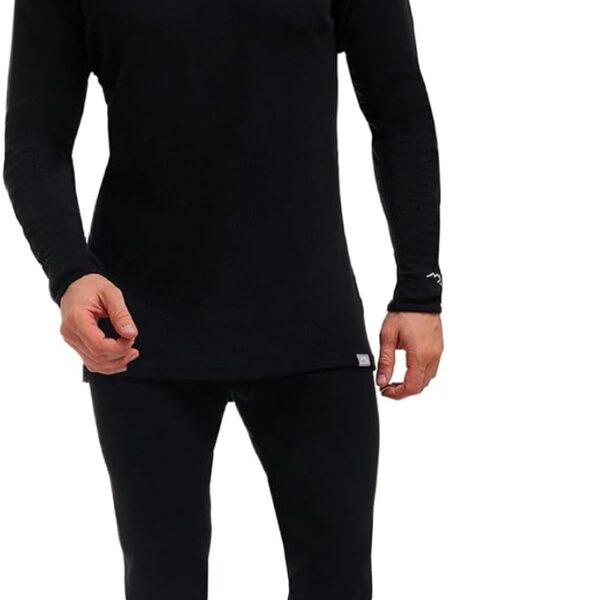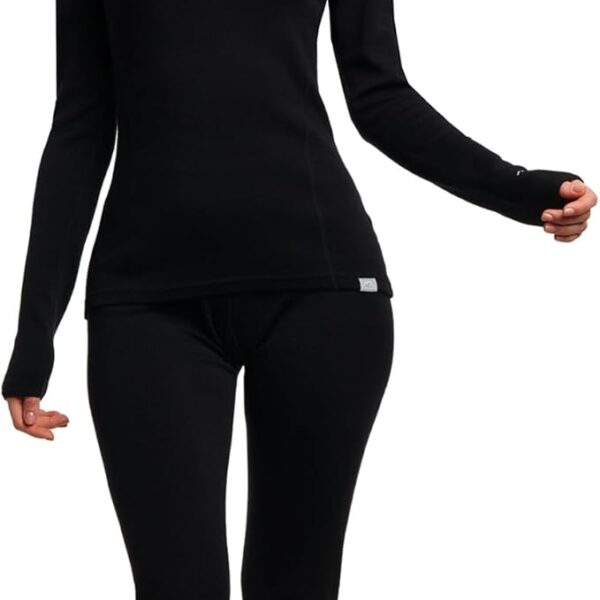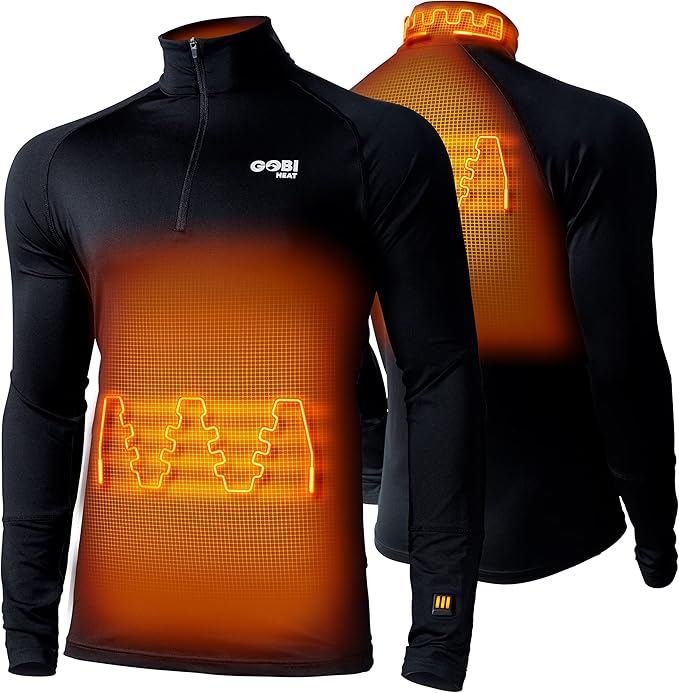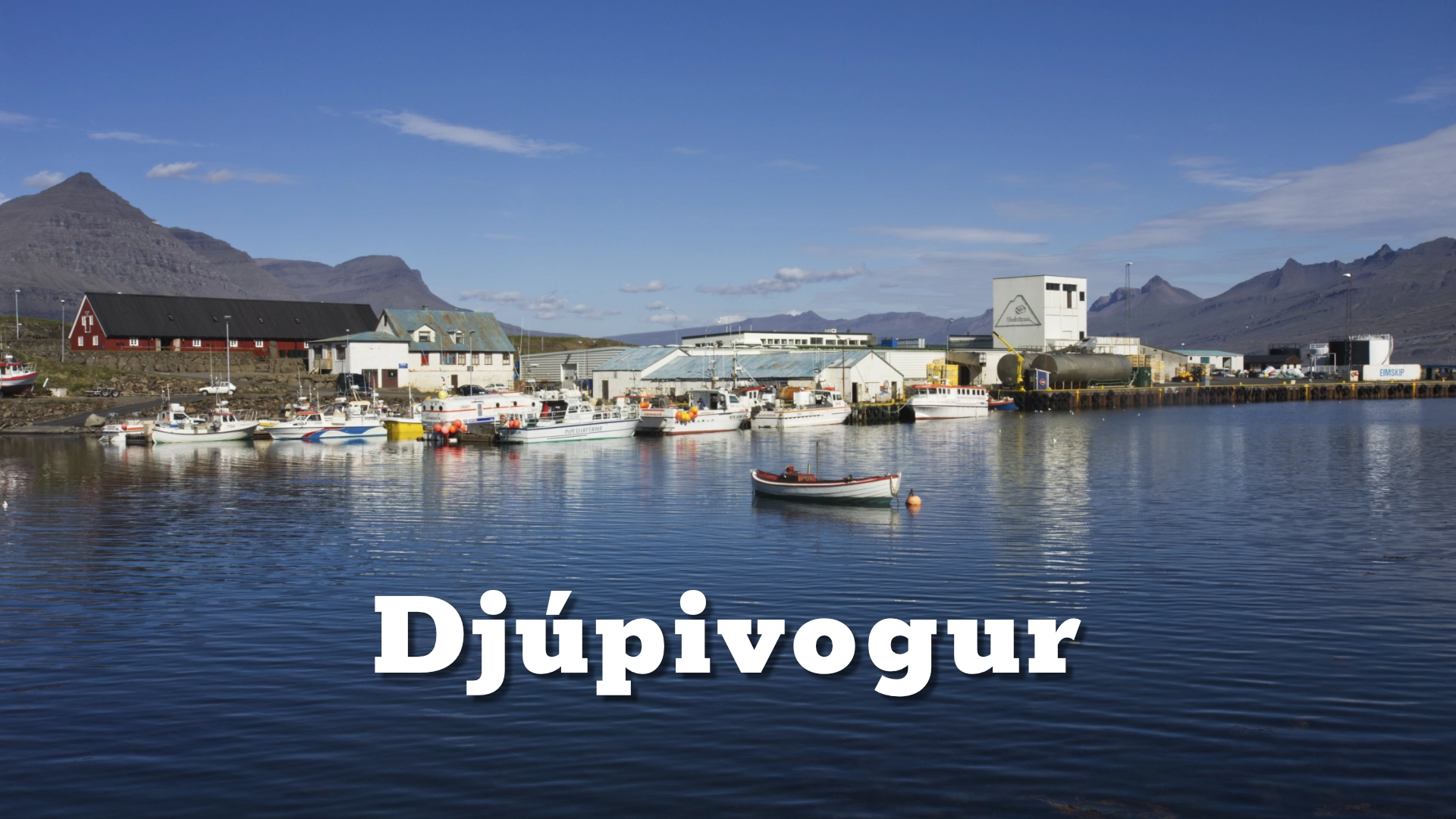
Djúpivogur is one of the oldest trading posts in East Iceland and today stands out as both a cultural and natural destination. Surrounded by dramatic fjords and bird-rich wetlands, the village has embraced art as part of its identity, blending traditional seafaring heritage with contemporary creative expression. Travelers encounter not just a fishing harbor but an outdoor gallery where local and international artists have left their mark.
Djúpivogur
Djúpivogur is situated on the southern edge of Berufjörður, a long and sheltered fjord on Iceland’s east coast. Its natural harbor made it an important trading post as early as the 16th century, when German and later Danish merchants established stations here. The town’s name, meaning “Deep Bay,” reflects both its geography and its longstanding maritime role.
During the Danish trade monopoly (1602–1786), Djúpivogur was a key site for the exchange of fish and local products for imported goods. The historic Langabúð warehouse, dating from the late 18th century, is one of Iceland’s oldest preserved trading buildings and today houses exhibitions and a café. These wooden structures tell the story of commerce, isolation, and resilience in a community shaped by both fjords and ocean.
What sets Djúpivogur apart in modern Iceland is its deep commitment to art in public space. The most famous example is Eggin í Gleðivík (The Eggs of Merry Bay), created in 2009 by the renowned Icelandic artist Sigurður Guðmundsson. The installation features 34 granite eggs, each representing a different bird species that nests in the area. Arranged along the shoreline of Gleðivík, they have become a symbol of Djúpivogur’s identity — bridging nature, community, and contemporary sculpture.
Djúpivogur is also part of the international Cittaslow movement, which emphasizes quality of life, sustainability, and cultural richness over speed and consumption. This ethos is visible in the town’s support for artists and its promotion of slow travel.
Other notable figures connected with Djúpivogur include:
Ríkarður Jónsson (1888–1977): A sculptor from the village known for his portrait busts and monuments across Iceland.
Gunnfríður Jónsdóttir (1889–1968): Though born in another region, her monumental works are displayed in Djúpivogur, linking the town to Iceland’s 20th-century art heritage.
Local galleries and workshops continue to nurture creativity, making Djúpivogur a living center of artistic expression rather than a static museum.
Beyond its cultural life, Djúpivogur is surrounded by rich natural landscapes. The wetlands of Búlandsnes provide habitats for diverse bird species, making the area a favorite among ornithologists and nature photographers. Nearby mountains and fjords offer hiking opportunities with panoramic views of Berufjörður.
The harbor remains active, with fishing continuing as a vital part of local life. Small boats, seafood processing, and maritime traditions give visitors a sense of continuity between past and present. At the same time, modern travelers will find accommodation, geothermal swimming pools, and local craft shops that reflect the village’s balance between tradition and innovation.
Visiting Djúpivogur is not only about passing through on Route 1 but about pausing — much in line with the Cittaslow philosophy — to experience Icelandic village life at a gentler rhythm, framed by both fjords and artworks.
Interesting facts:
- Djúpivogur is the only official Cittaslow town in Iceland, part of an international network of “slow towns.”
- The 34 granite eggs of Eggin í Gleðivík correspond exactly to the 34 bird species nesting in the area.
- Langabúð, the red warehouse on the harbor, has stood for over 200 years and is one of Iceland’s oldest surviving commercial buildings.
- The village has a population of around 450, yet its art scene has international reach, drawing artists and visitors from around the world.
The Locomotive Elite
What do Donald Trump and Iceland’s Locomotive Elite have in common?
Far more than you think.
In The Locomotive Elite, you’ll uncover how a tiny clique in Iceland captured extensive control—of banks, courts, media, and even the central bank.
For decades they ruled, first democratically, then through corruption and in the end through crime, enriching themselves and their cronies while dismantling oversight.
The result?
One of the most spectacular financial collapses in modern history.
Photography tips:
- Eggin í Gleðivík: Shoot at sunrise or sunset when the polished granite eggs reflect colorful skies. Wide-angle shots can capture the full line of sculptures against the bay.</li
- Harbor scenes: Capture the contrast of colorful fishing boats and historic wooden warehouses.
- Birdlife: Telephoto lenses are ideal for photographing seabirds in the Búlandsnes wetlands.
- Mountains and fjord: Use long exposures to smooth the fjord’s surface while framing Berufjörður with surrounding peaks.
- Minimalism: Fog often settles in the fjord, creating serene compositions where boats or sculptures emerge from mist.
